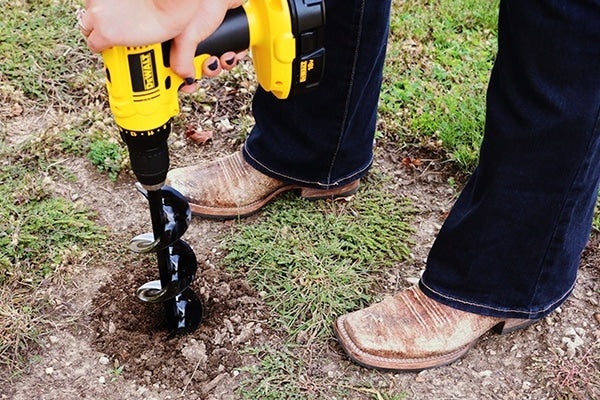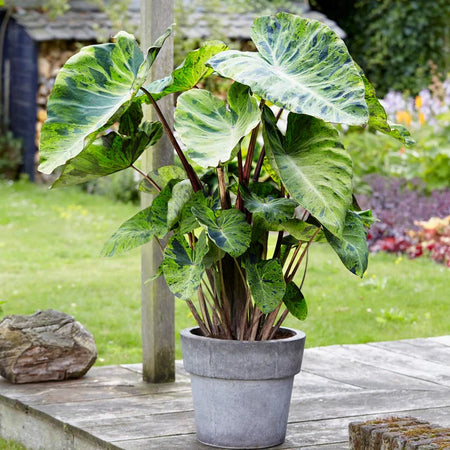Shady lawns can be difficult to landscape without the right plants. Homeowners and gardeners who have shady properties must be careful to pick plants that can grow under these challenging conditions. Not all shade is created equal. Some properties are only shady at certain times of the day, while others are shady from morning to evening. These shade-loving plants are perfect for growing in gardens with limited sunlight exposure.
Fuchsia
This delicate flowering plant comes in upright and trailing varieties. With flowers that resemble little dancing ballerinas, fuchsia is a show-stopper that's perfect for shady areas or parts that get sunlight early in the morning. Fuchsia doesn't like temperature extremes, so plant your fuchsia in beds that are close to the house. In harsh climates, fuchsia may need to be brought in during winter.
Hostas
This lovely perennial is a low-maintenance plant that grows best in shady areas or areas that are shady in the afternoon. Hostas thrive in cool, moist soil, although established plants have drought tolerance. These garden bed favorites come in a variety of colors — from a silvery white to yellow and green — and are a perfect companion plant for beds with showy flowers. Hostas die in fall and grow back in spring. Feed them annually and divide them every three to five years to control growth and promote healthy plant development.
Caladiums
Caladiums sport heart-shaped or lance-shaped leaves that come in a variety of colors including pink, red, silver and green. Caladiums are among the best plants for shade because many varieties have little tolerance for sunlight. Caladiums are grown from tubers that must be removed from the soil in cold weather climates. In warmer climates, though, caladium can stay in the ground all winter. Most important is to keep caladiums moist throughout the year. Use a garden auger to plant your caladiums in well-draining soil to prevent diseases.
Hydrangeas
This old-fashioned shrub produces huge, bulbous clusters of flowers that bloom throughout the summer, if planted in the right kind of shade. Hydrangeas usually require a mixture of sunlight and shade to produce blooms. In hot southern climates, early morning sun is best to keep the plant cool in summer. In northern climates and milder climates, hydrangeas can withstand more sunlight. Make sure your hydrangeas are well-watered — especially in areas with several hours of intense sunlight exposure. Keep hydrangeas away from drying winds by planting your shrubs close to larger structures or trees.
Tuberous Begonias
Although there are many varieties of begonias, the most beautiful begonia blossoms are produced by tuberous begonia varieties. Afternoon shade can protect begonias from the hottest sun, but early morning sun is important to help the plant produce large, plentiful blossoms. In colder climates, tubers must be removed before the arrival of cold weather. Tubers can be replanted in late spring, when threat of frost has passed for the year.
Heuchera
Heuchera is a popular perennial known for its colorful leaves. Many varieties of heuchera feature striking veins. Heuchera leaves come in numerous colors including red, orange, yellow, green, silver and purple. This plant thrives in shade, but is very vulnerable to rot during periods of prolonged rain. Gardeners must be careful to plant their heuchera in areas of the garden that drain well, especially if they live in a part of the country that receives heavy amounts of rain. Some heuchera produce noteworthy flowers, others yield flowers that are insignificant.Pro tip: Most important to remember is that shady soils can harbor fungus that can put plants at risk. When working with plants that grow in the shade, take care to mix the soil with compost and peat moss to improve drainage. Always wash your planting auger after inserting it into the soil to remove any unwanted fungi that might be living in the ground.
Enjoy any or all of these shade-loving plants, and your garden can be filled with color and beauty during various times of year!






